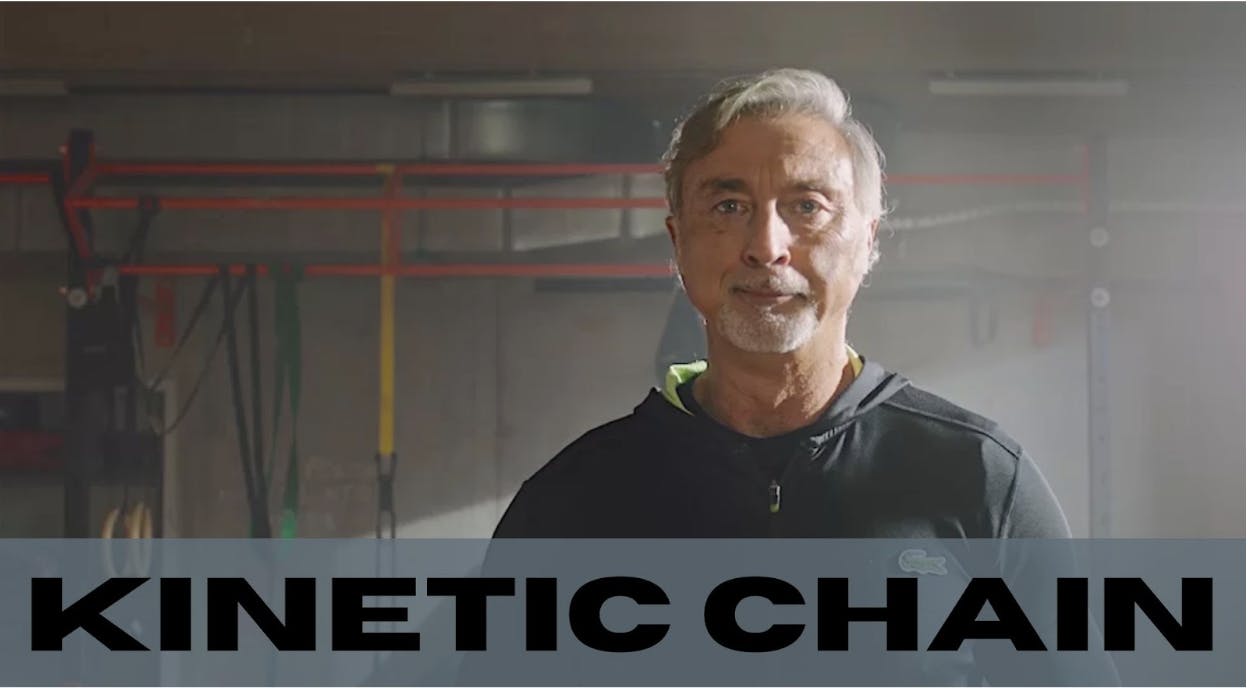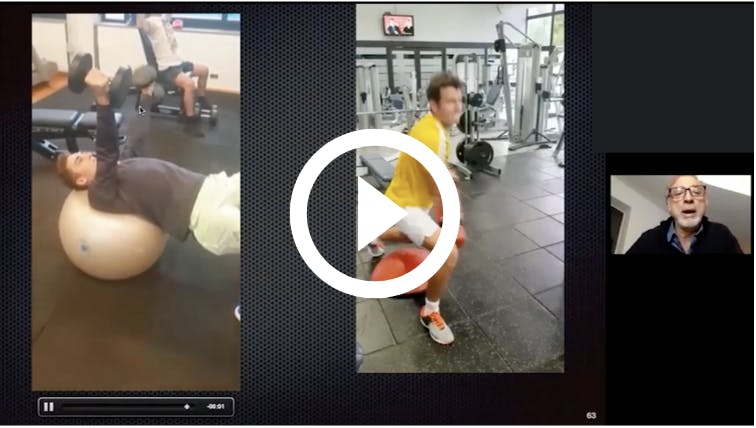Featured courses
- Four Tips to Turn Your Tennis Forehand Into a Weapon by Grant Young
- Tennis Legend Billie Jean King’s 4 Responsibilities as a Player by Grant Young
- Two Top Priorities For Success in Doubles Tennis by Grant Young
- Three of Tennis Whiz Lisa Dodson’s Tips to Improve Serves by Grant Young
- Three Elite Tennis Ball Machine Drills by Grant Young
- Three Keys For Correcting Tennis Serving Mechanics by Grant Young
- Five Tactical Tips to Win More Tennis Matches by Grant Young
- 4 Lessons Patrick Mouratoglou Learned From Coaching Serena Williams by Grant Young
- Four Effective Backhand Tennis Drills by Grant Young
- Two of Legendary Tennis Coach Paul Annacone’s Crucial Player Development Tips by Grant Young
- A Step-By-Step Guide To Mastering The Serve by Krsto Arsenijevic
- How to Dominate the Clay Court in Tennis by Krsto Arsenijevic
- 10 Essential Tennis Drills Every Coach Should Know by Brandon Ogle
- 8 Pre-Game Exercises to Prime Your Tennis Team for Competition by Neil Brown
- 7 Proven Tips To Develop Your Net Game in Tennis by Krsto Arsenijevic
- 10 Essential Tennis Drills Every Coach Should Know by Krsto Arsenijevic
- Developing Players - Two-handed backhand by Ramon Osa
- 6 Simple Warm-up Exercises For Tennis Players by Krsto Arsenijevic
- How to Beat a Serve-and-Volley Player by Krsto Arsenijevic
- How To Build Your Kinetic Chain Like Djokovic by Aiden Lefebvre
- How to neutralize a lefty in Tennis by Aiden Lefebvre
- 5 Tips To Improve Your Tennis Game Today by Krsto Arsenijevic
- Everything You Need to Know Before Buying New Tennis Shoes by Brandon Ogle
- Amp up your tennis practice with situational play by Neil Brown
- Tennis Equipment List by Brandon Ogle
- How to Master The One-handed Backhand in Tennis by Krsto Arsenijevic
- Modern High School Tennis Coaching Obstacles by Neil Brown
- Increase Your Tennis Fitness Level With 3 Easy Drills by Krsto Arsenijevic
- How to Successfully Hit a Two-Handed Backhand by Brandon Ogle
- How to Become a Grass Court Specialist in Tennis by Brandon Ogle
- How to Dominate the Hard-Court like Serena Williams by Brandon Ogle
- Hit a Drop Shot to Keep Your Opponent Off-Balance by Brandon Ogle
- New Tennis Injury Findings Linked to Neutral & Closed Stances by Oscar Wegner
- CHATTING WITH TENNIS PRO BRUCE CONNORS by Brandon
- How to Become a Mentally Strong Tennis Player by Brandon Ogle
- How to Win the Game of Angles by Hitting Cross-Court Shots by Eric Mahnke

How To Build Your Kinetic Chain Like Djokovic
According to Aspetar, the kinetic chain is the biomechanical system by which the body meets these inherent demands of tennis. Building the kinetic chain will help generate the force needed to hit a tennis ball and also to absorb the load that your joints bear when moving on the court. But how do you train your kinetic chain? Here, I’ll show you the way that Djokovic uses instability training so you can play like the pros.
Fully Body Stability
Obviously, it's essential that we create stability and power in our athlete's core, to create a connected kinetic chain. Instability training is an excellent way to develop your kinetic chain. One of the greatest coaches to do it is Marco Panichi, Djokovic’s strength coach. He is a massophysiotherapist and a master at creating stability in his players by using instability in his training regimen.
In the video below, Marco Panichi shared what exactly he does with one of the world’s best players. Here, Djokovic has a container partially filled with water strapped to his back. With each movement, the water moves within the container, creating endless instability and reduces his balance. This makes Novak’s nervous system make constant adjustments to maintain dynamic balance.
Upper Body Stability
Another thing Panichi talks about is the stability of the upper body. Isolating the upper body from the lower body will ensure that both sections of your body are trained evenly and will optimize performance on the court. Just as Panichi described with the first drill, he focuses on distributing weight unevenly on the athlete. That way, they have to build up a strong core to evenly balance out the weight distribution.
In the video below, Panichi explains how to build the upper body’s kinetic chain. He uses the same principle of stability through instability to train two other players. The first is to lay on a yoga ball with free weights in your hands. With your chest out, spread both weights out from your sides and gradually lift one weight out in front of you. As you do so, your core and hips will need to adapt to the weight imbalance you create and maintain stability.
Lower Body Stability
The lower body cannot be forgotten either. In the same video, Panichi instructs us how to train the lower body using a similar weighted exercise. First, the athlete gets into a lunge position while holding a weighted object with both hands. Here, the athlete is using a bosu ball to support his knee. Then, they kick their leg up and land it out in front of them, causing the weight to rotate faster than the rest of their body. The athlete needs to use their core and hips once again to stabilize the weight and stop it from spinning the rest of their body.

As you can see, the player on the left is working on anti-rotation stability, with alternating single arm “chest fly” on a yoga ball. And the player on the right is working on the transfer of power through a loaded position on a bosu ball. This engages the legs, core, and hips throughout the motion.
Panichi’s approach to training is one of the reasons Djokovic has remained in such outstanding physical condition. And one of the reasons he consistently goes deep into slams. If you want to learn more about how to train the kinetic chain, you can watch the rest of Panichi’s course here.
How will a strong kinetic chain help your tennis game? When you train your kinetic chain, you will have more control over the transfer of energy from your body to the ball when making contact. Tennis coach Cryil Genevois puts the training into practice with a video on using your back leg to drive the ball. He uses biomechanics to explain how to use your kinetic chain to your advantage in serving.
To learn more about Cryil Genevois’s wisdom on biomechanics in tennis, click here.
Whether you’re just getting started in tennis or you’re a seasoned veteran, there is always room to improve your stability. If you stick with it, you will dominate the courts and make it look flawless.



